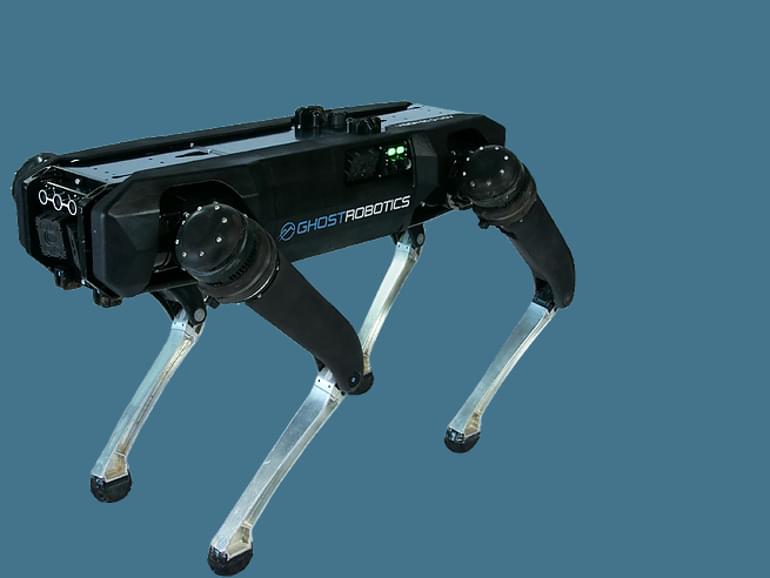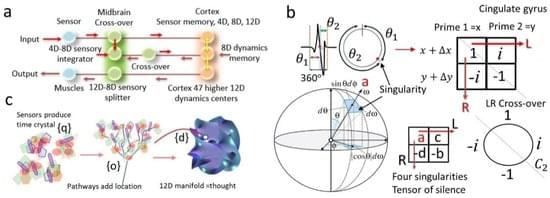Going from zero to full charge in 30 minutes.
Flying taxi firm Lilium and Swedish/Swiss tech multinational ABB announced a collaboration that will see them develop a superfast charging system for eVTOL aircraft that will allow them to increase the amount of time their machines spend in the skies transporting passengers, a press statement reveals.
ABB brings its expertise in battery development to the table, while Lilium provides the platform: its seven-seater eVTOL passenger aircraft, the Lilium Jet. Earlier this month, ABB unveiled the world’s fastest electric car charger, the Terra 360, which is capable of fully charging an EV battery in less than 15 minutes.
In its statement, Lilium says its new system will be able to fully charge a Lilium Jet from zero power in only 30 minutes. It will also be able to reach 80 percent from zero in only fifteen minutes, meaning that incredibly short charging times can be scheduled depending on the travel destination. Lilium says these speedy charge times will help it to stay profitable while maintaining affordable fairs for travelers, as it will allow it to keep its aircraft almost constantly airborne.







